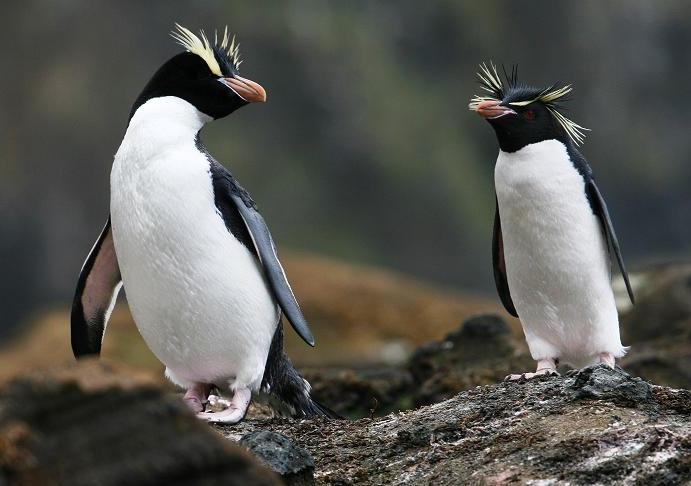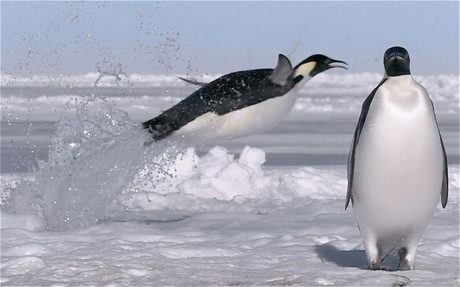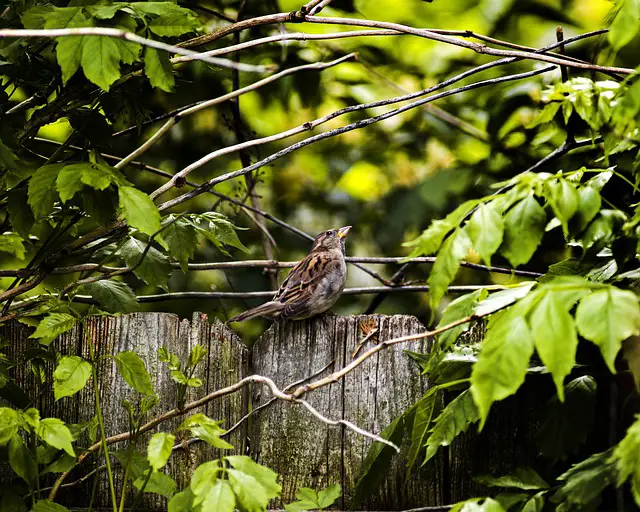The Galapagos penguin (Spheniscus mendiculus) is one of the smallest penguin species and it is native to the Galapagos Islands. The bird is not only smaller in its size but it has the smallest population of penguins. Galapagos penguin is the only penguin species that is found in the northern Hemisphere. There are around 1,500 penguins remaining in the wild as a result of which IUCN has listed it as endangered species.
Galapagos Penguin Facts
Anatomy
- The adult Galapagos penguin averages 49 cm (19 inches) in length and weighs up to 2.5 kg (5.5 lb).
- The undersides and head are black but there is a white line that runs behind the eye to join to the throat.
- Galapagos penguin stands 16 – 19 inches tall with females are slightly smaller than the males.
- They have got long slender bill. Penguins are remarkable swimmers but on land they are as awkward as any other marine animal.
- The body of the penguin allows it to swim extremely fast in water. Penguins swim without putting a lot of energy.
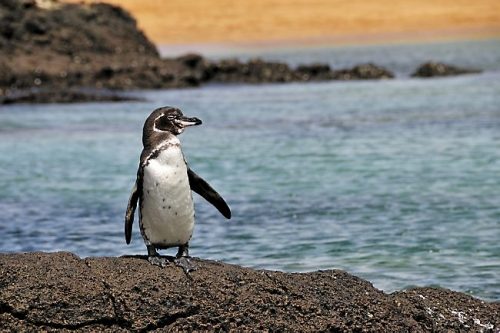
Range & Habitat
- As the name suggests, Galapagos penguins are the native birds of Galapagos Islands. Some of its population lives on the west of Isabela Island and Fernandina Island.
- Penguins are also distributed in the northern Santa Cruz, Santiago, Floreana, and Bartolome.
Behavior
- Galapagos penguins spend much of their daylight time in the Archipelago.
- The ideal temperature for penguins to breed on the sea surface is 24 °C (75 °F). At this temperature they are able to find more food.
- Penguins typically avoid sun and in order to keep the bodies cool they dive into the water every now and then. They also stretch flippers while hunching the body in a forward direction. This prevents the feet from exposing to the sun. They do so in order to prevent the heat loss from their feet.
- They will put their eggs in rocks, cracks or deep crevice to protect them from the hot sun.
- When the night falls, they come out of water to breed on land. The bird builds nests on the sandy beaches and rocky areas.
- Galapagos penguins are territorial in that the males fight with males from other groups.
- Galapagos penguins mostly breed in large colonies and they are often seen standing next to each other at night.
- Penguins living on the Fernandina Island are thought to spend more time in water as compared to those found in Bartolome. The Fernandina penguins dive not only deeper but their dive lasts relatively longer. About 27% of the penguin’s dives are deeper than 5 meters.
Feeding Ecology & Diet
- They are carnivorous birds. Galapagos penguins are thought to consume mullet, crustaceans, sardines, and other schooling fish. They do not go too far from their breeding sites in fact penguins try to search food few kilometers from the breeding sites.
- The Fernandina population prefers to eat Pacific Sardines because it is abundant in these waters.
- Before mating the penguins must eat as much as 26% of their body weight.
- Sometimes they must eat a lot in order to store body fat.
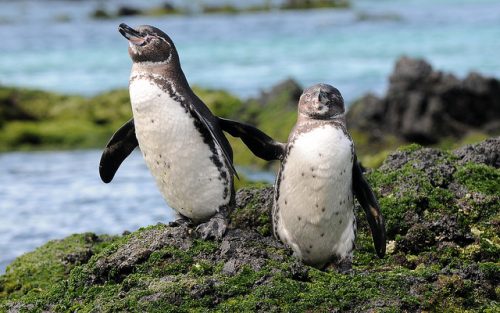
Reproductive Biology
- The breeding occurs in May and January. In Isabela and Fernandina islands penguins build nests within 50 meters (160 ft) of the water. Nonetheless, it doesn’t seem to have fixed breeding cycle.
- Adults are likely to stay in the breeding area with their mate.
- Both parents incubate the eggs that last about 38–40 days.
- They pair for life. A female lays 1 – 2 eggs in crevices and caves because it keeps the eggs not only safe from predators but also eggs are less exposed to the sunlight.
- Either male or female stays with the eggs that is to say if one goes out to search food the other one stays behind with the eggs. They never leave the eggs unattended.
- Parents will rear one out of two chicks. However if the food is scarce then they probably abandon the nest. The female lays 4 – 6 eggs each year.
- Chicks hatch in about one month. Young penguins are distinguished by the brown down and they are white from below. Juvenile’s body is covered with feathers but these feathers are more likely to protect them from the sun warm than to keep warm.
- Predators of the Galapagos penguins include Sally Lightfoot crab, owls, Galapagos hawks, rice rats, snakes, and short-eared owl. They are not safe in water either. Marine predators include fur seals, sea lions, and sharks.
Conservation Status
Endangered

